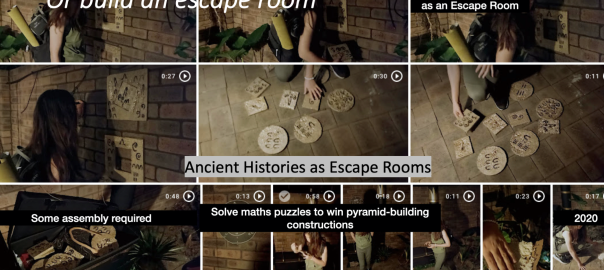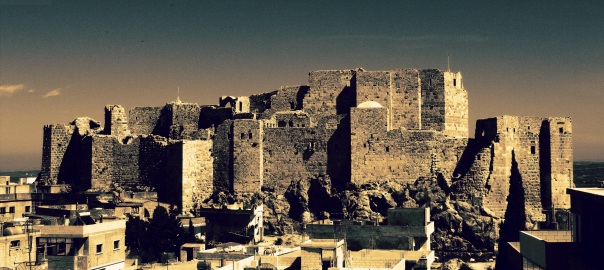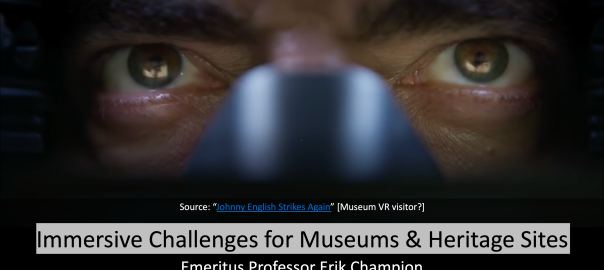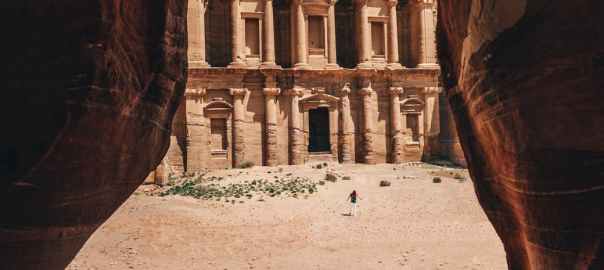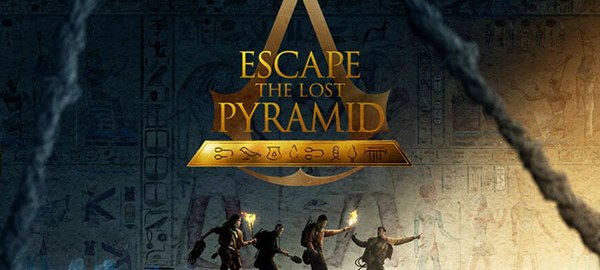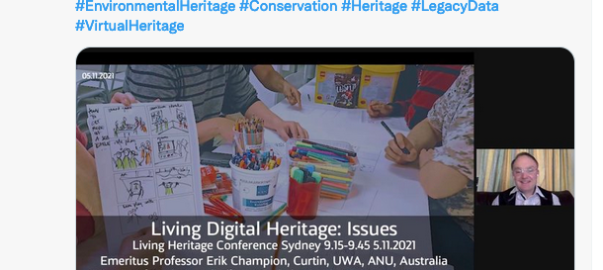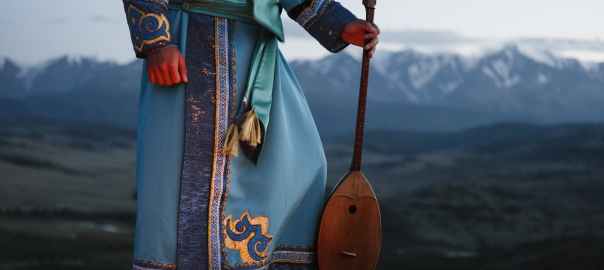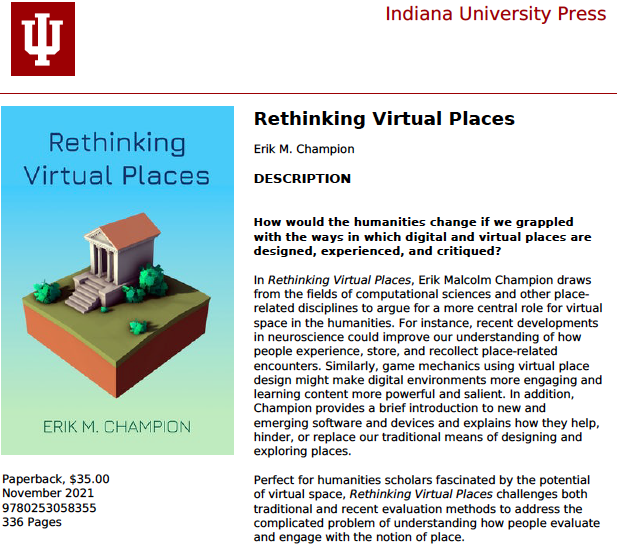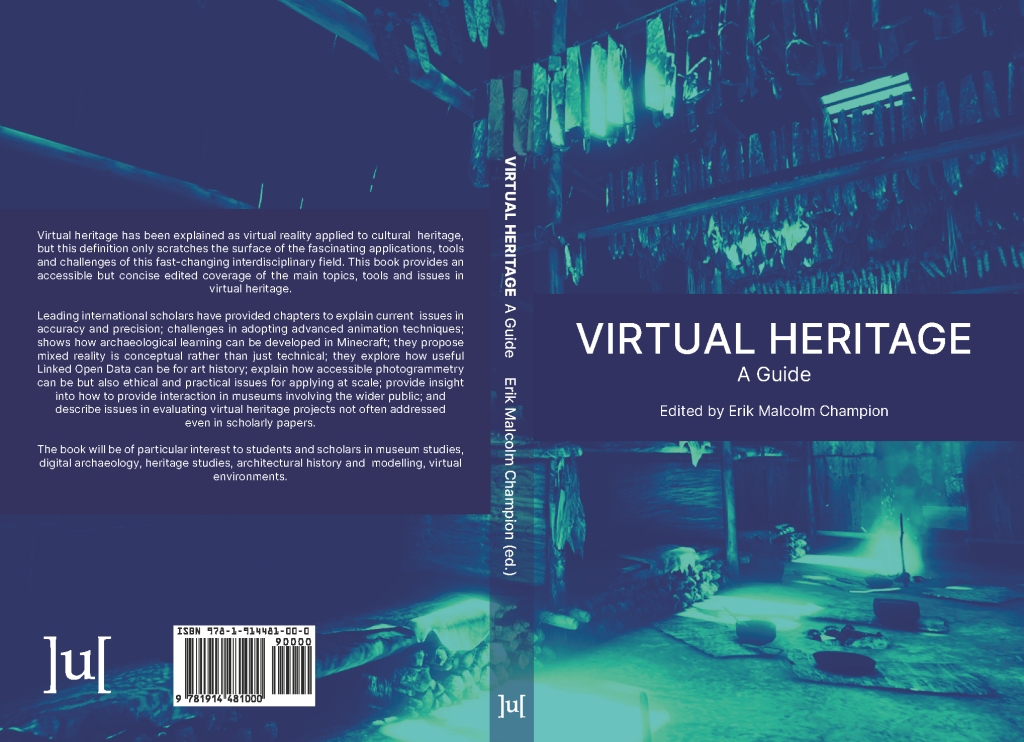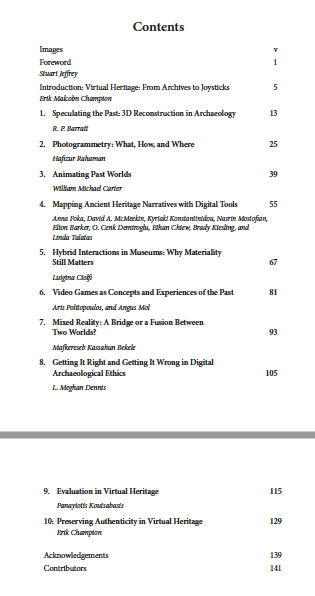Google told me I can buy my chapter today in this book out soon “Difficult Heritage and Immersive Experiences” my chapter is “Chapter 2. Reflective Experiences with Immersive Heritage” #chapter #difficultheritage #darkheritage
In this chapter I will examine difficult and dark heritage. Others have articulated the overlap and potential different connotations and spheres of influence of dark heritage and difficult heritage (Thomas et al. 2019). For the sake of expediency, I will not attempt to distinguish between difficult heritage and dark heritage (a term imported from dark tourism) as I am particularly interested in the difficult interaction aspects of communicating dark heritage due to the technical challenges of virtual heritage, gaps or immaturity in virtual heritage as a distinct scholarly field, and the still to be fully explored role and impact of virtual heritage as an immersive and interactive medium capable of coaxing, encouraging and affording reflectivity.


